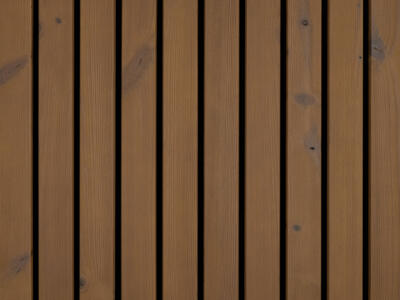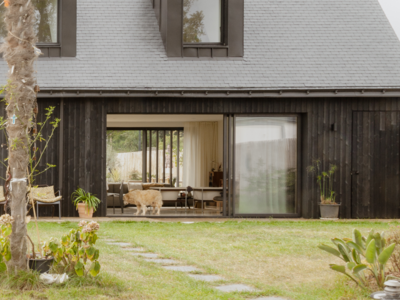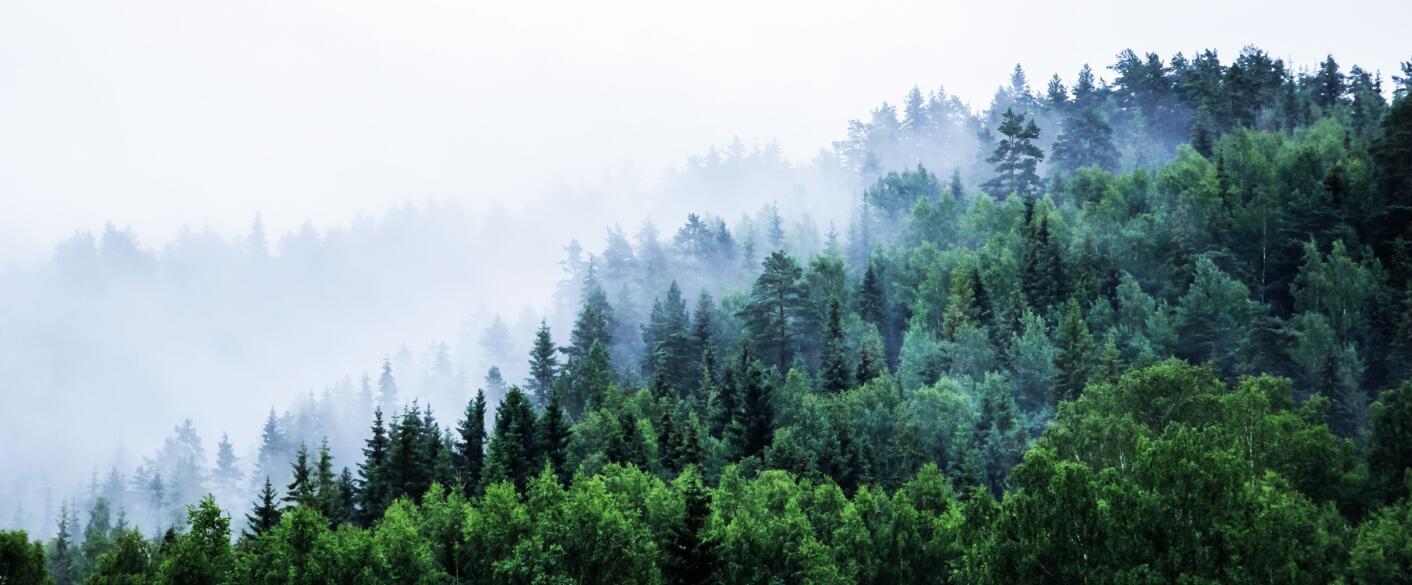All our Scots Pine wood cladding is manufactured using wood from PEFC-certified Scandinavian forests. All our wood cladding boards are manufactured entirely at our production site in Thônes, Haute Savoie.
At Sivalbp, all our pine cladding is EcoThermo pine. EcoThermo is an environmentally-friendly process that gives our Scots Pine wood cladding boards :
- Excellent dimensional stability to reduce the risk of warping
- Longer-lasting, more aesthetically pleasing facades and interior walls
- Neutralisation of resin pockets
- Better resistance to extreme weather conditions (seaside, mountains, etc.)
To find out more about our EcoThermo process, read our dedicated article.
At Sivalbp, we offer several finishes using Ecothermo pine saturators:
Pine wood cladding Gamme Elégance
Choose our Elegance range of pine wood cladding for wood tones that bring out the natural grain of pine.
Pine wood cladding New Age range
If you want to anticipate the effects of time, choose our Pin wood cladding from the New Age range. Different shades of grey for a contemporary wood façade.
Pine wood cladding Vintage range
Looking for wood cladding with a burnt wood effect? Then look no further than our Vintage range of Pin wood cladding. Dark, burnt wood-style saturators to give a unique touch to your wood projects.
To choose the wood cladding best suited to your project, contact our wood experts!












